Granite /ˈɡɹæ.nɪt/ – From the Latin granum meaning grain.

If you’re not already a granite enthusiast, hopefully you’ve landed on this page wondering what is a granite? Why should you care? This page gives you some background information answering these questions and the glossary at the bottom defines some of the geological terms relating to granite used on this website.
What is a granite?
Granites are hard, crystalline igneous rocks that consist of 20-60% quartz and plagioclase and up to 65% alkali feldspar, along a variety of other minerals including mica, amphibole and tourmaline. They are silica-rich (felsic), typically containing >65% SiO2.
Where do I find granites?
Granites form a major part of the continental crust, forming small stocks and batholiths (large emplacements of igneous rocks), commonly found in mountain ranges such as the Himalayas where continental collision has taken place. However, granites can form in almost any tectonic setting providing conditions are right for formation of a granitic melt.
Do granites have a distinct chemistry?
Classifications of granites are varied, but they can be broadly subdivided into peraluminous (Al > Na+K+Ca), metaluminous (Al < Na+K+Ca) and peralkaline (Al < Na+K); each have different mineralogical characteristics. Granites are sometimes also classified according to their source. I-type (igneous protolith) and S-type (sedimentary protolith) granites form through melting of high grade metamorphic rocks. M-type granites are mantle-derived and fractionated from mafic rocks such as basalts; these are relatively rare due to the shear amount of basalt required to fractionate to form a differentiated granite. A-type granites are often described as being “anorogenic”, forming due to melting in the lower crust away from major collisional zones, but may also form at a similar time to I- and S-type granites when continental collision is over.
How are granitic melts generated?
Granites are igenous rocks so that have to crystallise from a melt. This melt can be generated in a number of different ways across a range of different tectonic settings:
- During subduction of an oceanic plate under another oceanic plate or a continental plate, melting is generated due to the transfer of fluids and heat upwards, from the subducting plate (or slab) to the overlying one. In this setting, metaluminous granites are typically generated.
- During continental collision, when one continental plate is shoved beneath another, melting is generated due to tectonic thickening and crustal heat. Peraluminous granites are commonly generated in this setting.
- After continental collision, there may be post-collisional (post-orogenic) collapse, where the plates begin to separate once more. A combination of crustal heat and upwelling from the mantle generates melting, and metaluminous to peraluminous granites. The Cornubian Batholith is in this setting.
- Away from collision or subduction, unsual peralkaline granites can be generated in continental or oceanic hot spot settings.
How are granites emplaced?
There’s a common misconception that granite melts are emplaced in the crust by rising like a lava lamp. This simply isn’t physically possible in a brittle crust. Tectonic activity aids segregation of melt from a source. Deformation helps emplacement of granitic melts by ascent in narrow conduits, through self-propagating dykes, along pre-existing fault zones or through interconnected networks of shear zones. Discrete pulses of granitic melt travelling through these structures form composite batholiths.
What mineral deposits are associated with granites?
Granite-related mineral deposits are diverse and the different granite types are associated with different target metals. Peraluminous granites are synonymous with “tin granites” and represent a major source of tin, along with other metals such as tungsten, lithium, beryllium, niobium and tantalum. Granites are also quarried for aggregate and decorative stonework so they’re pretty important for our daily life.
Glossary
Anorogenic – Magmatism in a tectonic setting unrelated to collision
Basalt – An igneous rock containing plagioclase feldspar and pyroxene +/- olivine. It is a key component of the oceanic crust.
Continental collision – When two tectonic plates with continental crust collide forming mountains (e.g. Himalayas, Alps)
Continental crust – Thick part of the Earth’s crust that forms large land masses.
Element – A substance made from only one type of atom. The periodic table shows all of the elements. e.g. silicon (Si), potassium (K) and aluminium (Al). See http://www.ptable.com/
Felsic – Igneous Rocks that are rich in elements like Si, K, Na and Ca that form the minerals feldspar and quartz.
Fractionate(d) – Segregation of minerals from a magma causing changes in composition.
Igneous rock – A rock formed from magma (molten rock) like a granite.
Mantle – Part of the Earth between the core and the crust.
Metamorphic rock – Rock that was once one form of rock but has changed to another due to heat, pressure or fluids.
Mineral – Minerals are solid, naturally occurring, inorganic compounds and have ordered structures, e.g. quartz (SiO2), feldspar (KAlSi3O8), biotite K(Mg,Fe)3[AlSi3O10(OH,F)2
Mafic – Igneous rocks that are poor in elements like Si and K but rich in Mg and Fe.
Orogenic – Relating to mountain building. A mountain building event is an orogeny.
Protolith – Original, unmetamorphosed rock.
Rock – Rocks are solid, naturally occurring and made up of minerals and sometimes organic material like shells or bits of dead animal (although coal is typically completely organic)
Sedimentary rock – Rock formed though deposition and solidification of sediment transported by wind, ice or water.
